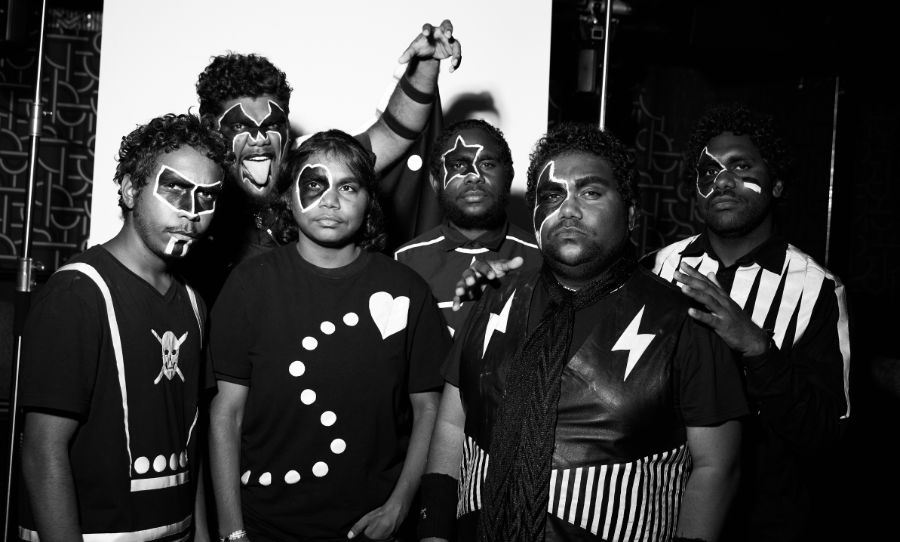When recording pop music, could there be anything more important than capturing a compelling vocal performance? Very often the voice carries the core melody in a song. It’s usually at the forefront of a mix and the element of an arrangement most likely to elicit an emotional connection with a listener. Yet, in the heat of a session, care must be taken to give vocal recording the energy and consideration it deserves.
 A compelling vocal performance is one of the most important elements in recording pop music. Here are three crucial factors that need to be considered when recording vocals.
A compelling vocal performance is one of the most important elements in recording pop music. Here are three crucial factors that need to be considered when recording vocals.
Sometimes, the vocal recording can take place at the end of a hard day’s work tracking instrumental beds and overdubs. And with particularly reluctant singers, the temptation is often to wrap up this all-important part of the session with minimal of fuss, with little regard to creating an atmosphere conducive to producing a performance that is in keeping with its significance.
The following three considerations for recording the voice may be seem obvious to some, but with something this important, they can bear a little reinforcement.
Time
The consideration of time in this case refers to the “when” and “how long” we devote the singing in our sessions. As aforementioned, the “when” is often after a day of sweaty labouring over everything but the vocal – a few hours pulling drum tones; microscopic examinations on the positions of guitar amp mics.
So, when the time comes for the transcendent centrepiece of a song, the vibe may have well and truly left the building. Being sensitive to human capabilities is important at this time. Indeed, arranging another small session on a different day, for the dedication of energy to the vocal tracking, might be worth the effort.
The “how long” is incredibly important too, because there are few activities that are as physically taxing as singing. Thus, managing the time in order to enhance the vocal performance is well worth contemplating. Think about the way the vocalist performs – the more they belt it out, the shorter the bursts of recording will likely be. Ensuring a consistently energetic performance across every phrase is crucial, which brings us neatly on to…
Comping
This is the process of editing a collection of passes, of a whole song, or part thereof. Most DAWs are built with playlist or equivalent function, which allows the recording of sections – and subsequent selection of best performances – to be very efficient.
The method in which you capture the optimum performance from a singer should be decided on a per situation basis, but using a sectional approach is deserving of exploration, because both engineer and performer alike will be able to manage bite-sized chunks of songs with more efficiency than the whole thing. Again though, going for takes of the whole song may be the way to go – it’s just a matter of the energy levels and professional judgement.
Mic Technique
The way the vocalist approaches the microphone is a fascinating and often misunderstood art. In the early days of vocal recording, the tools for finessing a sound post-recording EQ, compression, reverb) which are taken for granted nowadays were far less accessible. Therefore, the vocal performer was charged with responsibility of altering the textural and tonal character of their voice by physically interacting with the microphone in different ways.
The two most powerful ways that a vocalists can change their tone at the source is by experimenting with distance and angle (on-off axis). Manipulating distance will affect volume, but also frequency response. Coming in close to cardioid microphones and you’ll hear more bottom end, due to the proximity effect inherent in most cardioid designs. You’ll also get more volume, so asking a vocalist to lean in toward microphone at the end of longer phrases to maintain consistent energy throughout a pass is just one example of how you can use simple mic technique to your advantage.
The angle of approach also causes surprisingly diverse tonal attributes as well. If a vocal is sounding too boomy or dull, a slightly off-axis address may naturally tame some of the lower frequencies before you reach for the EQ. A slight angle may be necessary in some cases to reduces plosives caused by a direct axis address, so you may need to direct a singer to tilt their head on words that are too dynamically explosive.
Lastly, to get the most out of a performer’s technique, it’s incumbent upon the engineer to know the microphone inside out. What could be a more familiar sound than the human voice? Therefore engineers will be able to judge the microphone’s idiosyncrasies most accurately when hearing the human voice through it. To get the best sound on tape, great care should be applied to the pairing of vocalist to microphone.
As the session progresses, the decisions pile up and can sometimes weigh heavily on the production team. So it’s crucial to maintain awareness of the potentially delicate moment of vocal recording.
It’s a highly personal component of the process of making a record and you’re often asking a singer to deliver an amazing performance while being emotionally vulnerable and exposing a highly personal physical characteristic: their voice. No mean feat. Preparing yourself with knowledge of this process can help to make the performer feel comfortable, inspired and ready to convey an engaging vocal performance.
The above photo is from Live at Enmore our in-studio session with Pretty City, shot and recorded at Happy Mag.



